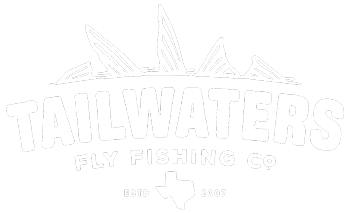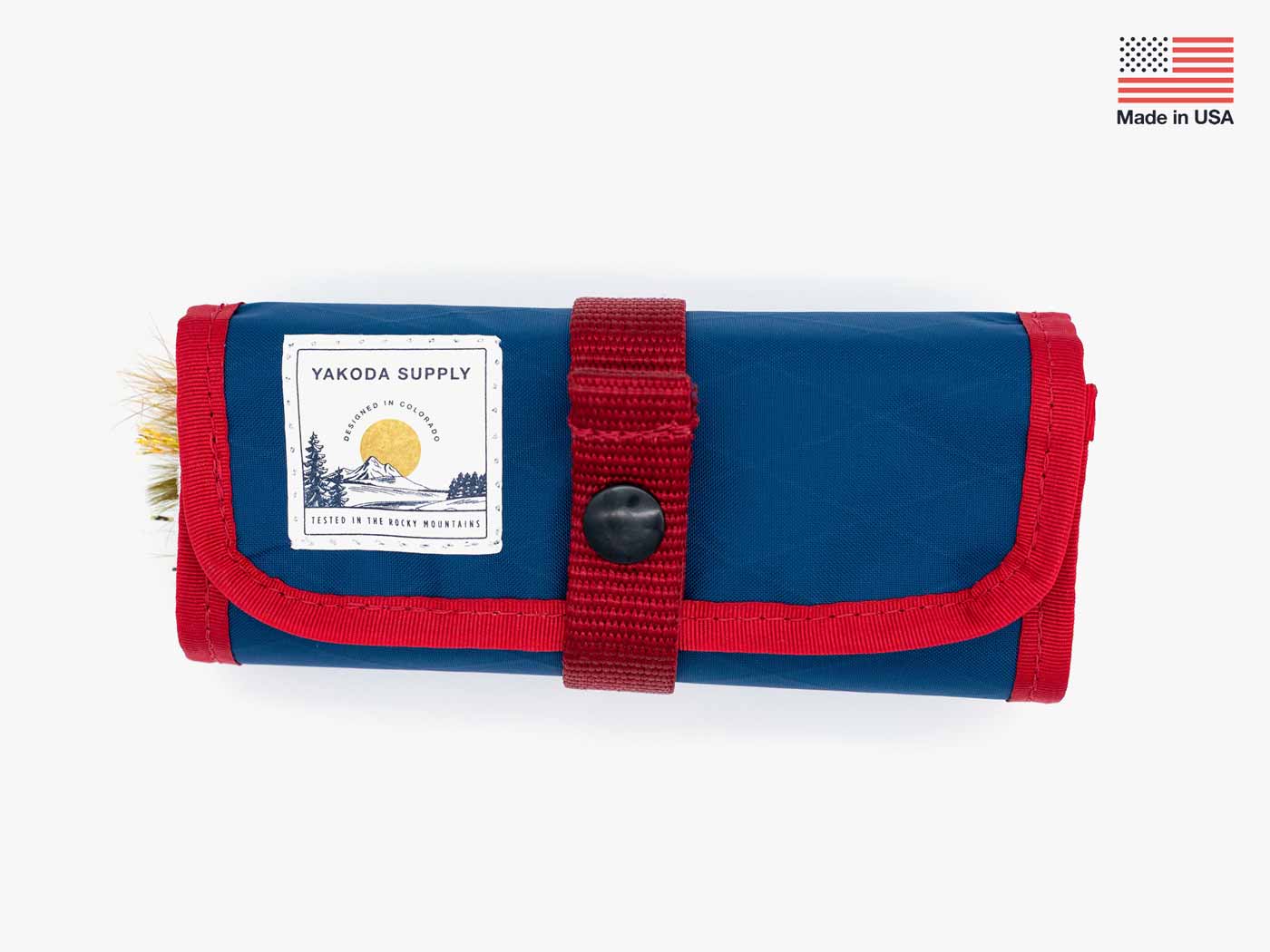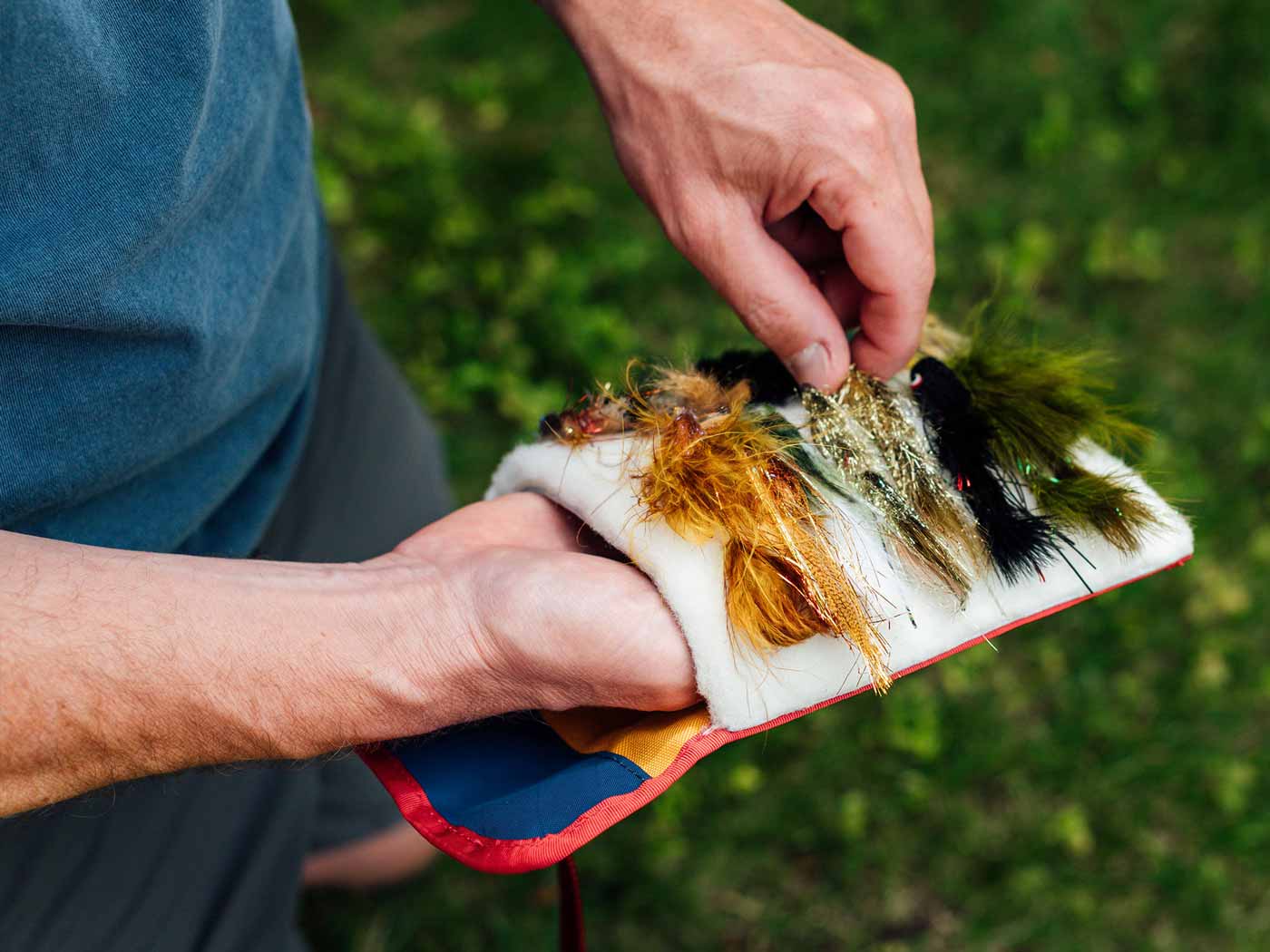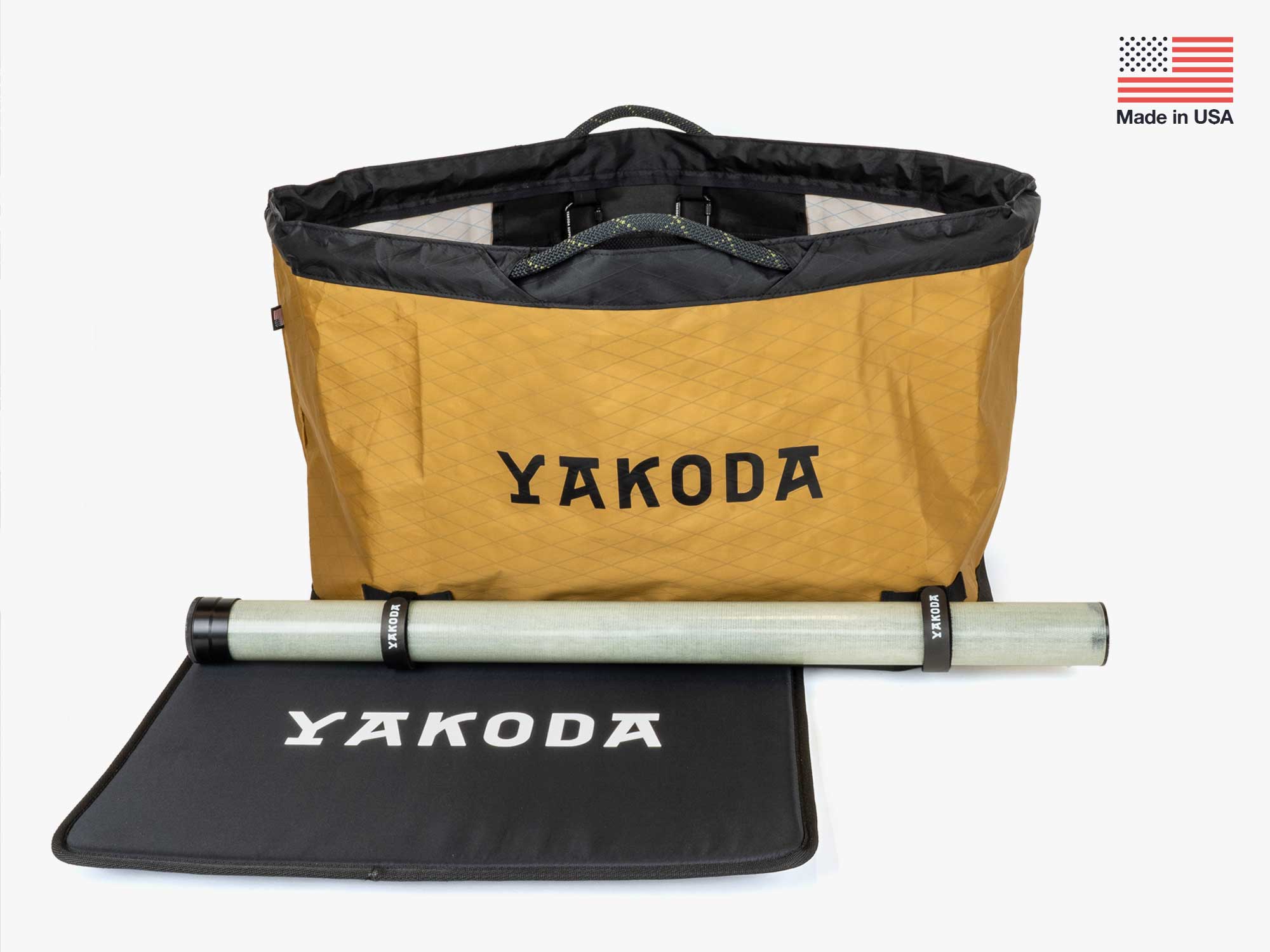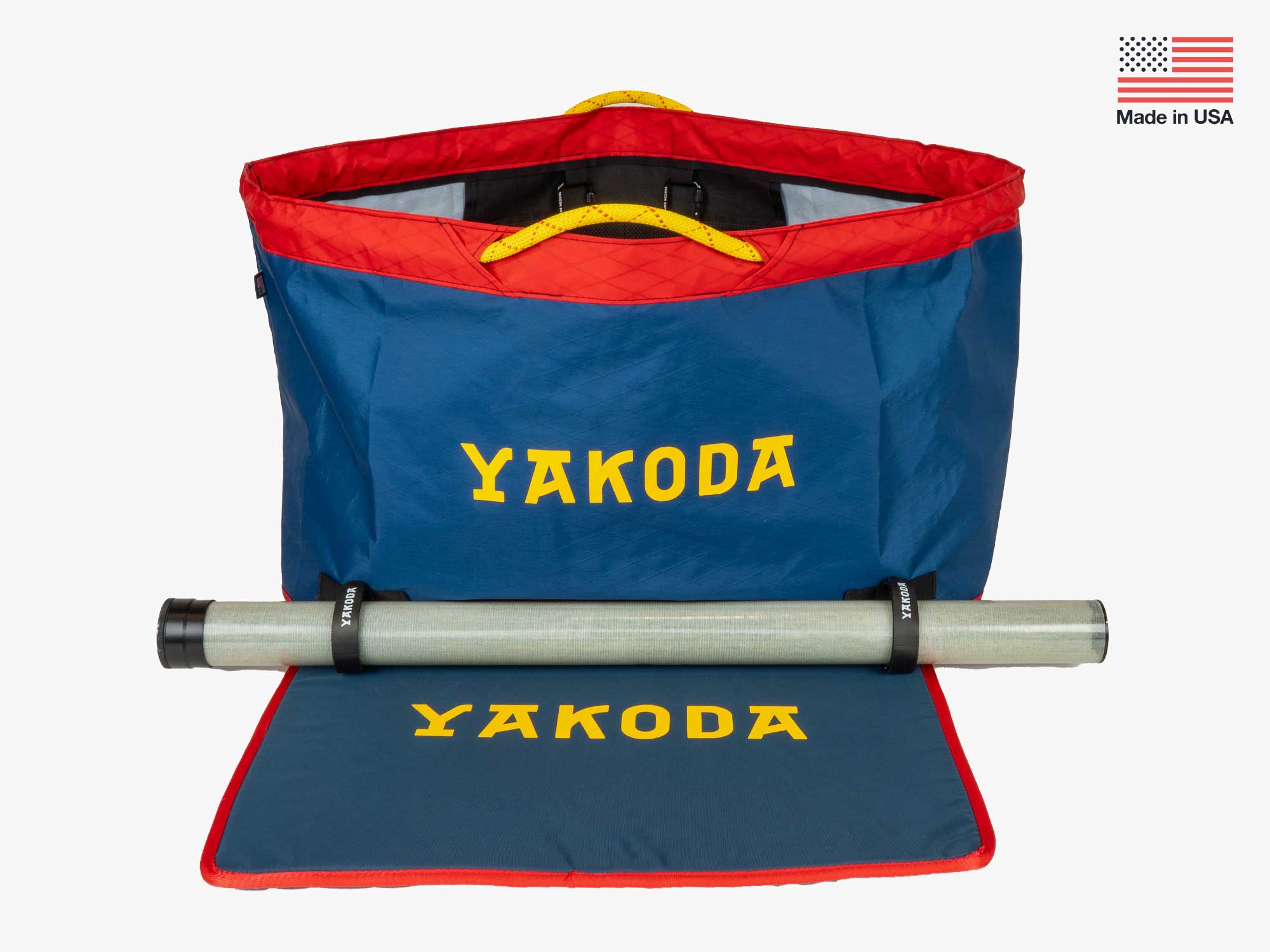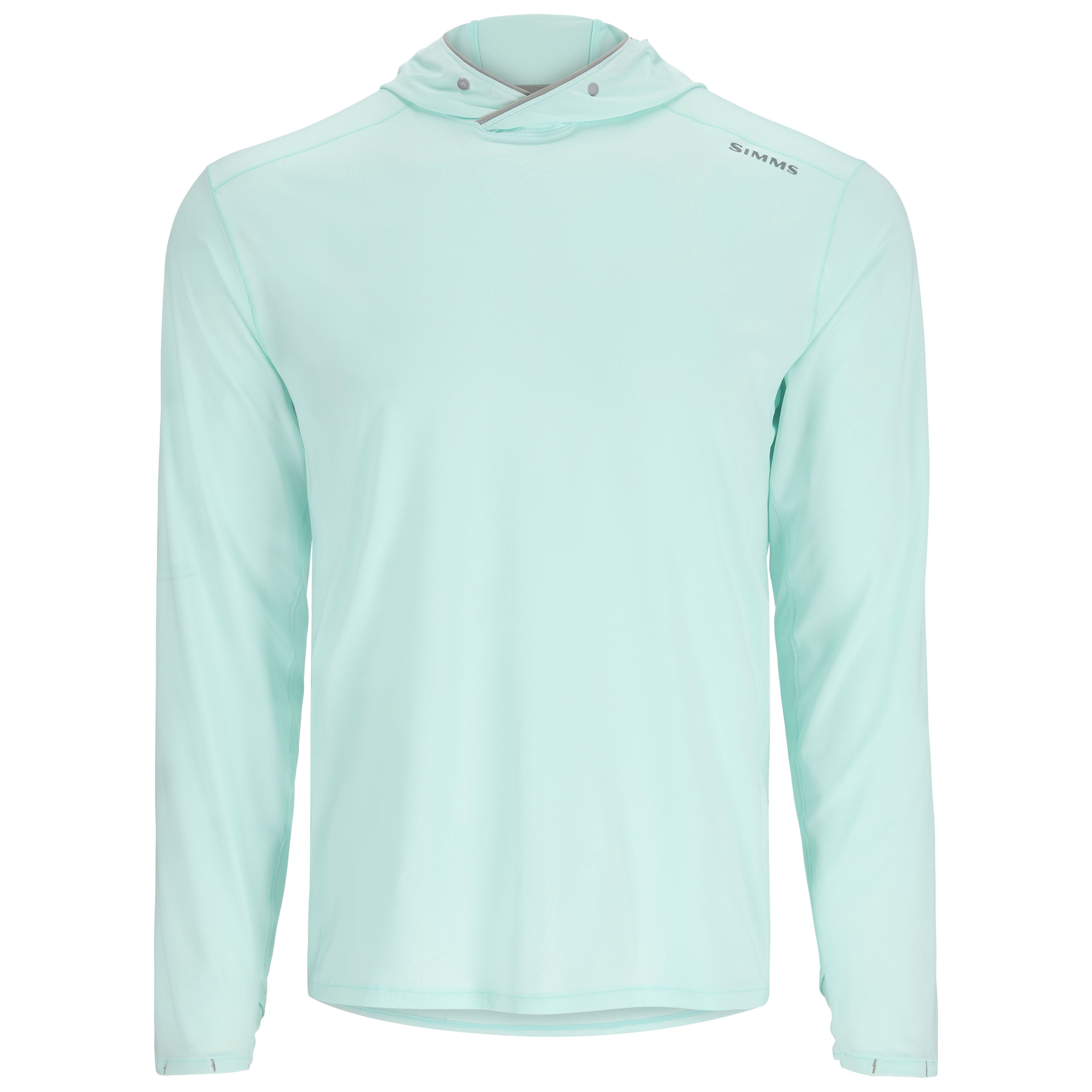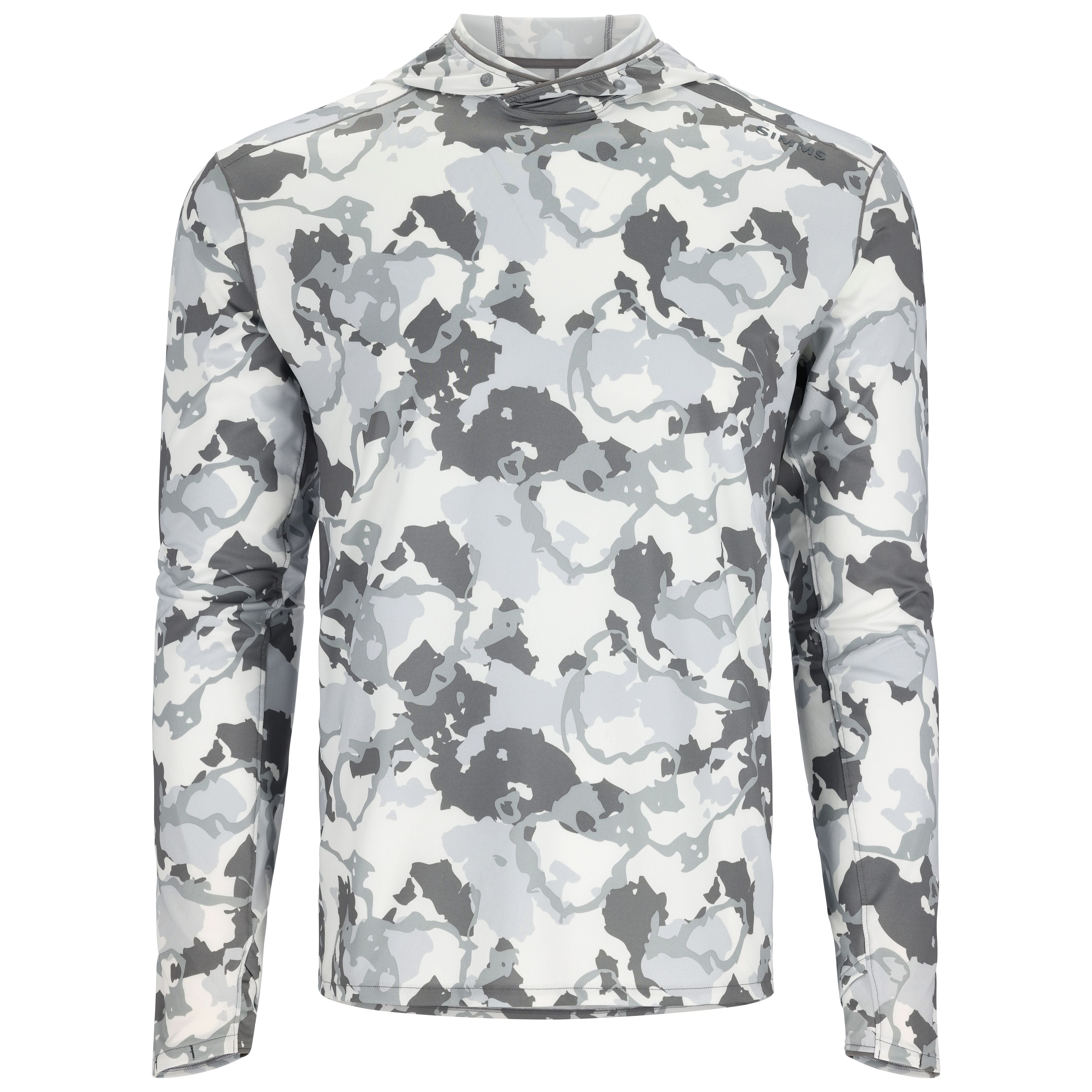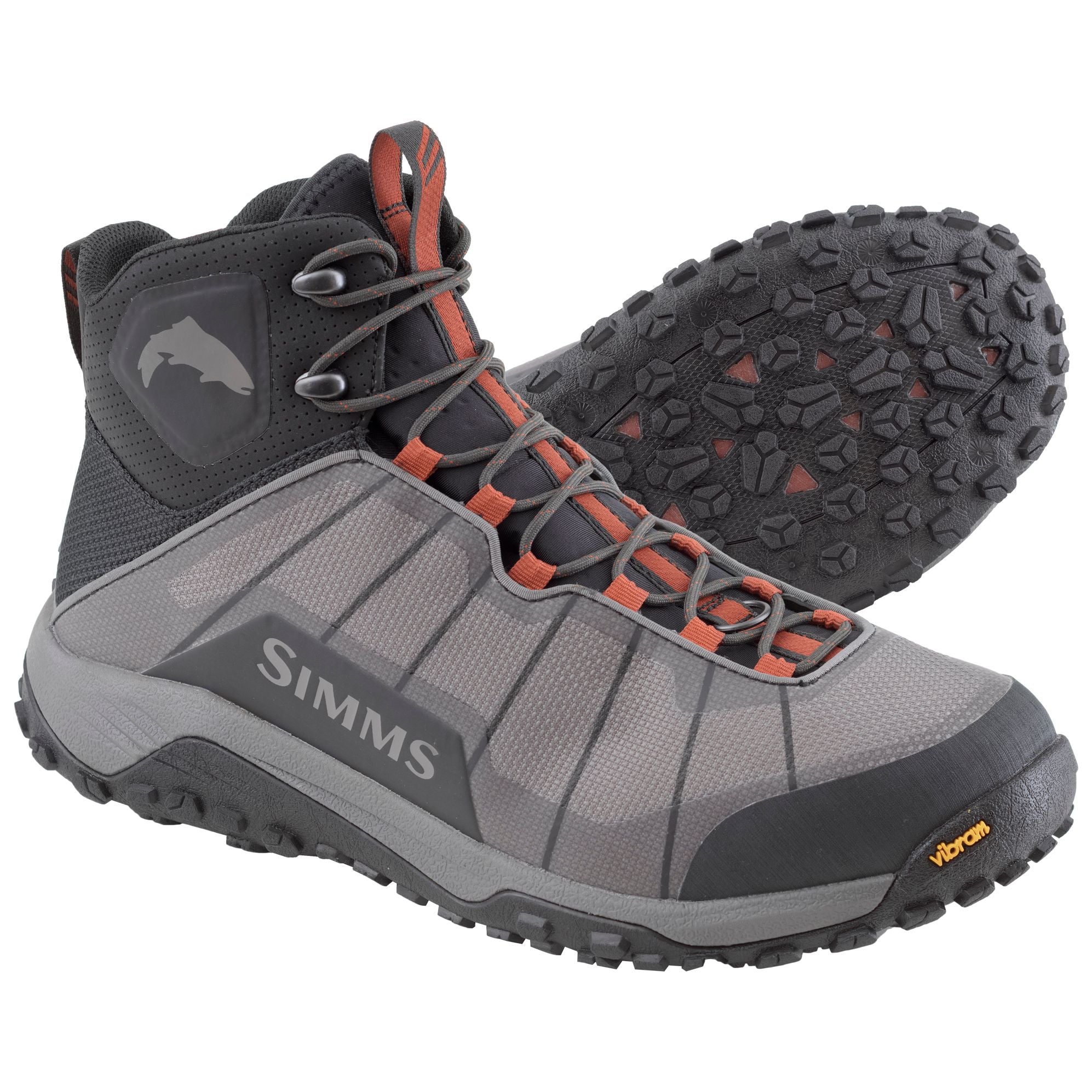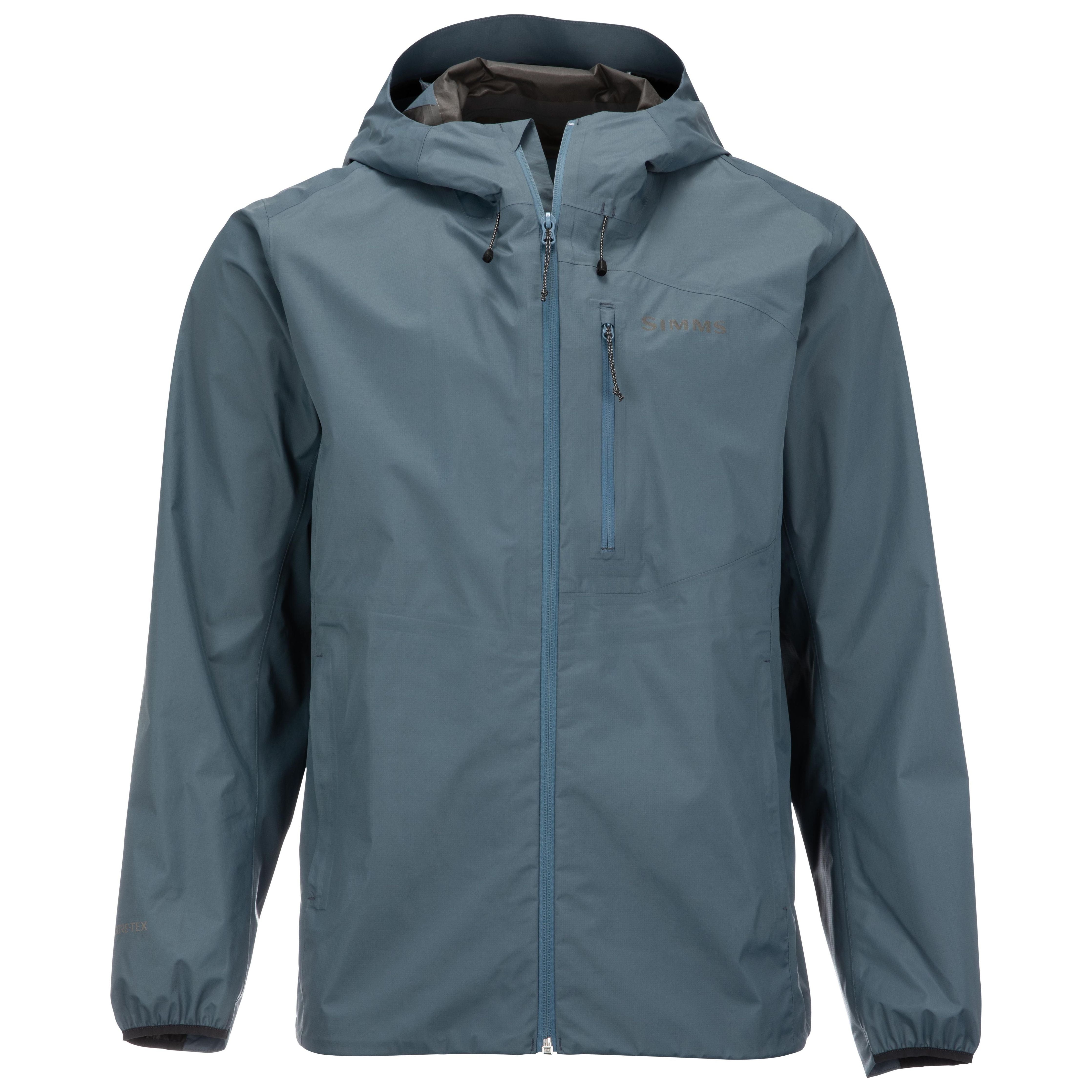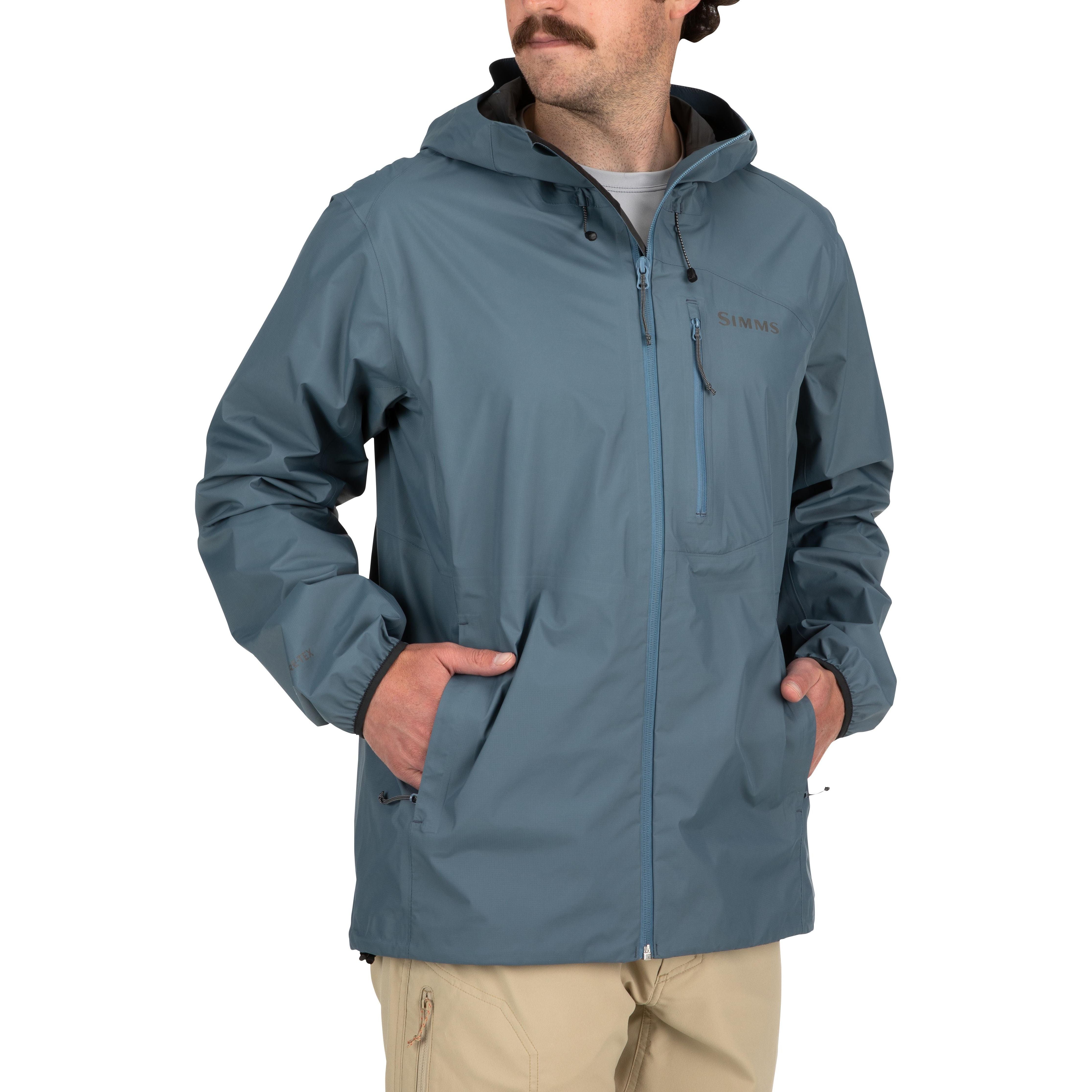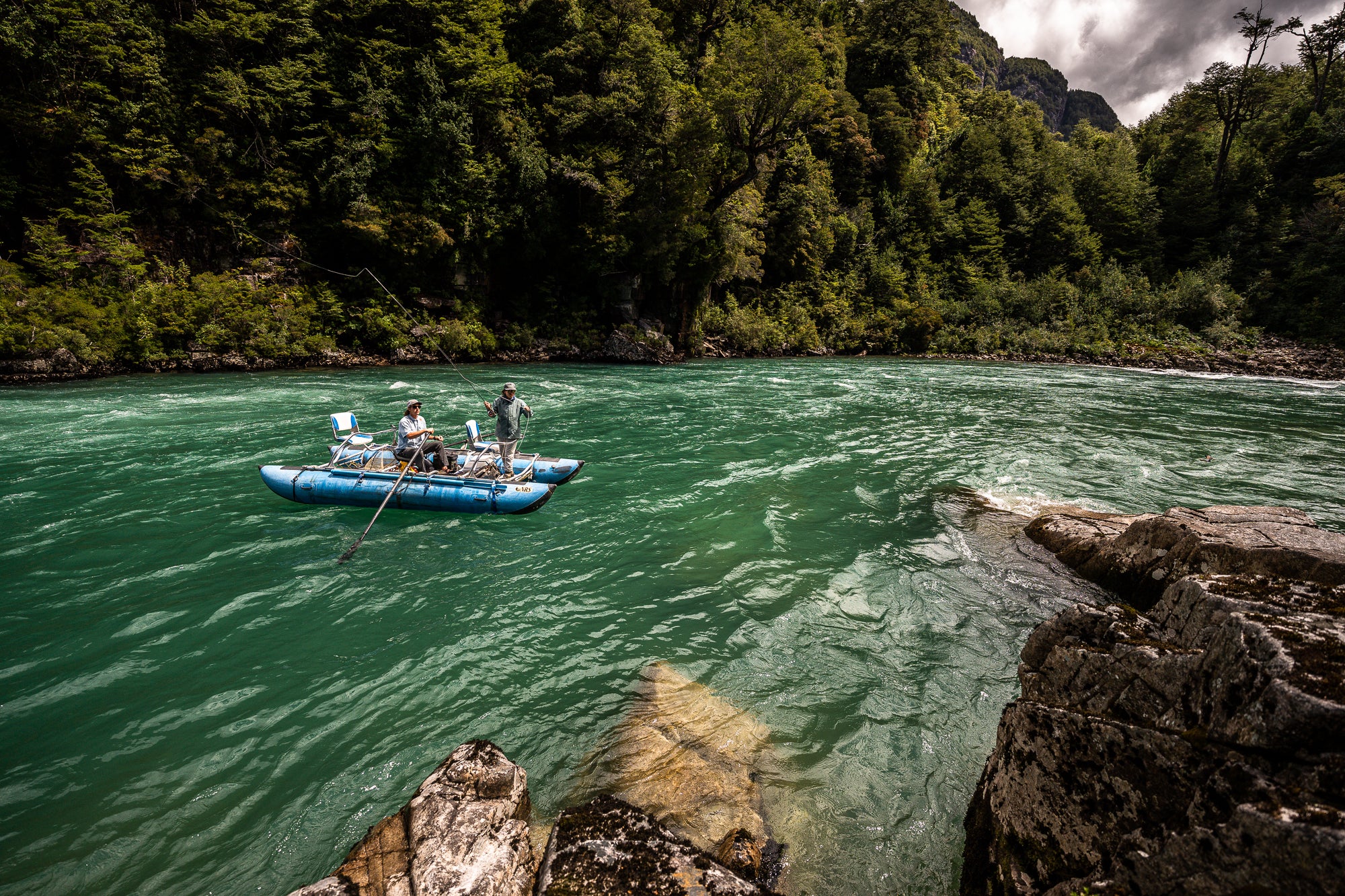
south america trip report part 2
Fly Fishing Chile
Author: Rebecca Milne
Photography By: Lawson Fish
INTRODUCTION
Exploring Patagonian Chile
There are very few places in the world where you can throw massive, foamy dry flies to big brown trout and rainbows on the regular, but Chile is one of them. Mix in some of the most pristine water you’ve ever seen, delicious wine, food, and incredible accommodations, and it's hard to be disappointed.
After spending a week in Argentina at Estancia Laguna Verde (click HERE to read Part 1), we crossed the border into Chile for the second leg of our South American adventure. Despite the relative proximity of the two countries, moving west into the Andean basin triggered a dramatic change in landscape. Gone were the treeless plains (la pampas) of Central Patagonia; in its stead was lush, temperate rainforest. For the next ten days, we would take the wheel (literally!) exploring the Aysén region of Chile, from Coyhaique up to La Junta.
Read on for Becca and Lawson’s trip report from Trouters, El Saltamontes, and Patagonian BaseCamp.



Coyhaique, Chile - Trouters
While most anglers traveling to Patagonian Chile take convenient commercial flights from their home city, we took the road less traveled . . . a twelve hour shuttle from El Calafate, Argentina to Coyhaique, Chile (author’s note: would not recommend). The capital of Aysén, Coyhaique is a quaint town that serves as a portal to the remote regions of Patagonia. It’s a desirable fishing destination for its convenience (the town has many shops, bars, and restaurants, and is just thirty minutes from the Balmaceda airport), affordability, and access to productive trout water within reasonable driving distance. For three days, we fished with a local family-run outfitter, Trouters, before continuing north.
Our guide set up a fishing program to give us as much diversity as possible in our three days fishing. The first day, we fished Lago Atravesado utilizing a powered cataraft before wading the spring creek that feeds into the lake. The following day, we floated the Lower Simpson River that flows through town. And on our final day, we waded the Canyon River and a short section of the Rio Manuales. Aside from the browns and rainbows sightfished with dry flies, a highlight of our experience was Trouters’ lunch program - table and chairs, tablecloth, wine, multiple courses, and coffee to finish. Each day - very full and a little tipsy - it was a feat for us to pick back up our rods and fish in the afternoon. Three days flew by, and before we knew it we were packing our bags once again.










Arroyo del Gato, Chile - El Saltamontes
It was time to head to our next destination, El Saltamontes. But at this point in our trip, we were on our own with just a manual 2WD truck we rented in town. After flipping a coin, it was decided Becca would get behind the wheel despite a fifteen-year dry spell from driving a stickshift. Surprisingly, we did not stall out and were off to the next adventure. About four hours later, we pulled into the sophisticated gate of El Saltamontes.
A true, old-school working estancia in the heart of Patagonia, El Saltamontes has charisma. Cattle, horses, hares, hawks, and even a herd of alpacas roam freely on the 5,000 acre property. We passed stables and gaucho residences before arriving at the owner’s personal home where we stayed for the next four nights. It is a stately, antique-furnished residence exuding old world charm that could easily serve as the lodge itself with its many bedrooms and sitting areas. But located just adjacent is the true El Saltamontes guest lodge, which is being completely rebuilt for the 2025 season.
For the next several days we fished sans guide, exploring miles of the Rio Nireguao, small creeks, and lagoons inside the estancia or just a short drive away. With a name directly translating to “the grasshopper,” we expected we were in for some epic hopper fishing at El Saltamontes. But what we experienced exceeded those expectations. As we walked the property, we kicked up thousands of grasshoppers . . . and as each hopper landed in the water, it wasn’t long before a brown or rainbow approached to sip the unsuspecting terrestrial. Ok, game on.
It’s fair to say we fished exclusively hopper patterns all week, except for the hail mary mouse pattern tied on for the final few minutes of our last night. And even that got a blowup. This is a special place. And with new management coming in for the 2025 season, a completely new lodge, unpressured water, and even some new floating adventures lined up, there’s a lot of excitement surrounding the future of the El Saltamontes program.










La Junta, Chile - Patagonian BaseCamp
We pushed another four hours north to our final destination, Patagonian BaseCamp. Upon arriving at their inconspicuous black gate, we drove through a canopied dirt road that opened up to a massive “cottage” style building just feet from the Rio Palena. This is not your typical fly fishing lodge. And because it is strategically positioned at the cross center of dozens of rivers and lakes, Patagonian BaseCamp is a must-add destination for anyone traveling to Patagonia to fly fish.
We had three nights and two days to experience as much as we could - a tall order considering most PBC guests return year after year, each time fishing water they’ve never seen before. The owner, Marcel Sijnesael, slotted us in for his Temple Camp float on the Rio Figueroa for our first day. On this beat of the “Fig,” as the guides refer to it, there are two sections of whitewater rapids to navigate. Between the whitewater is a section so magical you’d expect to see it in one of the original Indiana Jones movies. The turquoise river cuts through a canyon with steep cliff walls and step-like rock formations - more than likely, it’s the picture you see when Googling “Chile fly fishing.” At the end of the beat, we floated right into the Temple Camp.
Patagonian BaseCamp’s overnight camp programs are game changers; and Temple Camp is surely their crown jewel. This is not a “roughing it” type of camp. Marcel and his team have developed a unique stand-alone, small occupancy lodge right on the banks of the Rio Figueroa. A wooden walkway leads you up to the main building with a scenic deck overlooking the river, and a kitchen and dining area inside. Further up the walkway are several dome-shaped tents, each with two twin beds and comfortable bedding for guests. There’s an indoor/outdoor bathroom and shower in a separate building. And guide/staff quarters are in the back. It’s spectacular, and easy to understand why so many guests request to stay here an extra night.
For our second and final day of fishing, we drove to a put-in thirty minutes away before launching a jet boat to run up the Rio Palena. We fished big hoppers and streamers to browns and rainbows before continuing further up river to the IslaLeon Camp - another incredible addition to PBC’s program. Like Temple Camp, IslaLeon Camp also has wooden walkways, dome-shaped tents with beds for guests, an indoor/outdoor bathroom facility, and views of the river. But the kitchen is housed in a larger tent, and cocktails/meals are instead enjoyed fireside outdoors. For guests that overnight at IslaLeon, their second-day float leads them straight back to Patagonian BaseCamp’s backyard for Pisco Sours and a hot shower. The program is dialed.
We just couldn’t see it all in two days. And for that, we highly recommend anglers opt for a ten or eleven day program with PBC if their schedule permits. There’s so much water to fish, and you will definitely want to see both Temple and IslaLeon Camp. And we’d be remiss not to mention that PBC has a new project, Escondido Camp, to add to their roster. Adventure, luxury, and great fishing - Patagonian BaseCamp is a no-brainer for anyone (even non-anglers, spouses, or kids) wanting to see and experience this part of the world.








TAKEAWAYS: Bring Dry Flies and a Well-Organized Gear Bag
Preparing for Chile Fly Fishing
It’s floating, fishing from a jet boat, and walk-and-wading…be prepared for everything in Chile. A streamlined packing list and gear bag will make life easier whether you’re confined for room in a raft or carrying gear on your back. Check out our top tips below.
A Rod & Reel Combo That Does It All
Sure, it’s always a good idea to pack two rods - but if you’re fishing from a raft or are venturing out on a long walk-and-wade trip, carrying one solid, all-around rod that can fish dry flies or streamers is ideal. A six weight, medium action rod and reel combo strikes the perfect balance, but a five or seven would work just fine too. Anglers will fish floating lines 99% of the time, but we also recommend bringing a sink tip for scenarios where you may want your streamer to fish a little deeper.
Click HERE to shop Fly Rods
Dry Flies
Hoppers, beetles, ants, mice…bring them! We packed a dedicated box for larger dry flies, along with floatant and some dry shake, that ended up being the workhorses of the trip. Don’t skimp, either. We lost several dry flies to hungry trees, bushes, and logs each day. A variety of foamy dry flies in different sizes and colors will keep you on the water longer, and make sure you have a spare if your buddy’s fly is more productive than yours. Much of the terrestrial fishing involves giving the fly a little action, as opposed to a dead drift. You won’t want to be sidelined from the fun due to packing light in this area.
A Gear Bag You Don’t Mind Carrying
A well-organized gear bag is essential for Chile. Whether it’s a hip pack, sling, or backpack, the most important factor is that you can strap it to a raft or carry it on you comfortably. We tested the Yakoda Convertible Utility Pack and found it to be a winner. Small but mighty, the utility pack has plenty of room on the inside for storing a couple fly boxes and extra spools of tippet, and lots of pockets and compartments on the exterior for stashing all your accessories.
For additional organization, we leaned heavily on the Yakoda Utility Wallet. Perfect for storing leaders, an extra sink tip, and - in Lawson’s case - extra SD cards and camera batteries, this zippered pouch gave our smaller items a home as opposed to just being haphazardly dumped into our bigger packs.
Wading Essentials
Waders and boots are a must, but don’t sleep on neoprene socks or a good wader/boot bag. While most days we threw on waders to go out for the day, weather or water conditions may call for fishing without waders altogether (this was a regular occurrence at Patagonian BaseCamp). Packing backup neoprene socks to pair with your wading boots will have you prepared for whatever the day calls for.
We also got a ton of use out of a wader bag, a last minute addition to our packing list. We fit both our waders, boots, rain jackets, and smaller gear bags in the Yakoda Gear Transport bag and tossed it in the bed of the truck each day to head out fishing. At the end of the day, we removed our waders and boots and tossed them back in the bag to enjoy the drive home in normal clothes. This was so much more comfortable for us and - bonus - we didn’t soak the guide’s truck with our wet waders. To our surprise, it was definitely the piece of gear (besides our rods and reels) that got used the most on our trip.
Nippers & Hemostats are arguably some of the most essential pieces of equipment when trout fishing. Whether making a quick fly swap or unhooking a fish in fast water, we found these tools to be useful not only when wading but also in a raft. The Yakoda Nipper has quickly become a favorite with it’s quality construction and insanely sharp, replaceable blades.








CONCLUSION
Chile is a paradise for dry fly purists. While the day’s conditions always dictate what will work best, straight up nymphing is simply uncommon here. There’s no doubt anglers will love the fishing, just be sure to look up every once in a while to take in the spectacular views. And what better way to explore Patagonia than by raft, jet boat, and on foot.
